Have you ever wondered how Maslow’s hierarchy of needs would hold up if you were thrown into The Hunger Games?
It turns out that survival isn’t just about dodging arrows and wrestling for a loaf of stale bread.
Maslow’s theory, with its neat little hierarchy triangle, has been the go-to blueprint for understanding human motivation.
But when you’re in a dystopian death match—or just trying to survive modern life—it’s worth re-evaluating what’s essential.
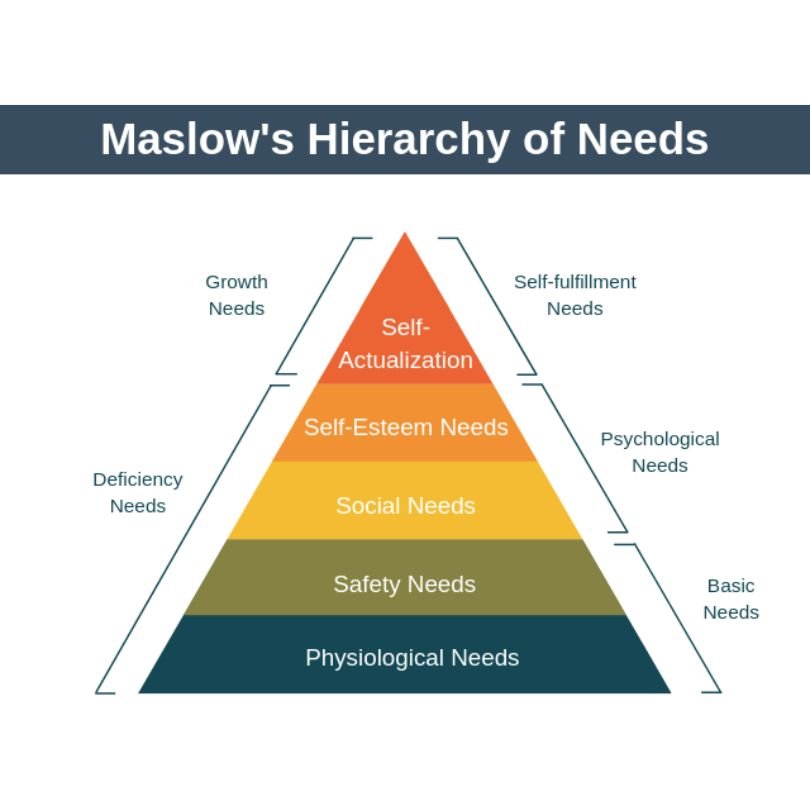
Maslow’s Pyramid 101: A Quick Breakdown
Maslow’s hierarchy is often illustrated as a life pyramid, ranking human necessities from survival to self-fulfilment.
The idea is that you can’t focus on dreams and ambitions if you’re struggling to stay alive. The five levels break down as:
- Physical needs – Food, water, shelter, warmth.
- Safety needs – Stability, security, protection.
- Love & belonging needs – Connection, friendships, relationships.
- Esteem needs – Recognition, self-respect, achievement.
- Self-actualisation – Reaching full potential, self-growth, and purpose.
Let’s explore how this hierarchy holds up in a world where survival is an actual game.
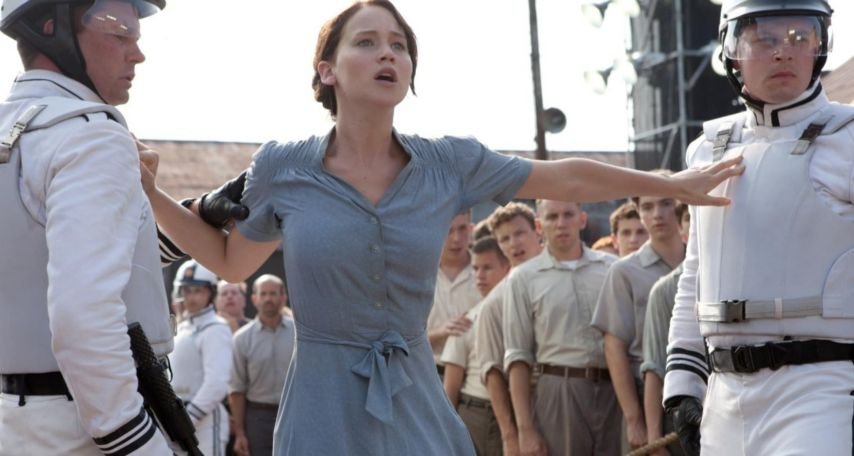
Survival Mode: The District 12 Struggle
At the bottom of Maslow’s hierarchy, we’ve got physical needs: food, water, shelter, and warmth. The fundamentals.
If you haven’t read The Hunger Games or seen the films, here’s the premise.
Every year, 24 teenagers (called tributes) are thrown into an arena to fight to the death, all while being broadcast live as entertainment for a dystopian society.
Only one person can survive which is rather brutal, but for the main character, Katniss Everdeen, survival isn’t just a game—it’s a skill set.
Katniss grew up in District 12, the poorest district, where people barely have enough to eat.
She learned early on that without food and water, you don’t stand a chance.
So when she enters the Games, she’s already ahead. She knows how to hunt, forage, and find clean water.
Peeta, her fellow tribute from District 12, doesn’t have those skills. He does, however, have a very specific (and kind of strange) survival tactic: blending into his surroundings by painting himself like a rock.
Now, let’s bring it back to reality. You may not be dodging arrows in an arena, but you do know what it’s like to stretch a budget for your groceries, frantically search for housing, or decide whether to freeze or crank up the heating bill in winter.
What about that overpriced flat white (hydration), pathetic desk lunch (nutrition) and the relentless battle for affordable rent (shelter). And warmth is your winter heating bill trying to ruin your life.
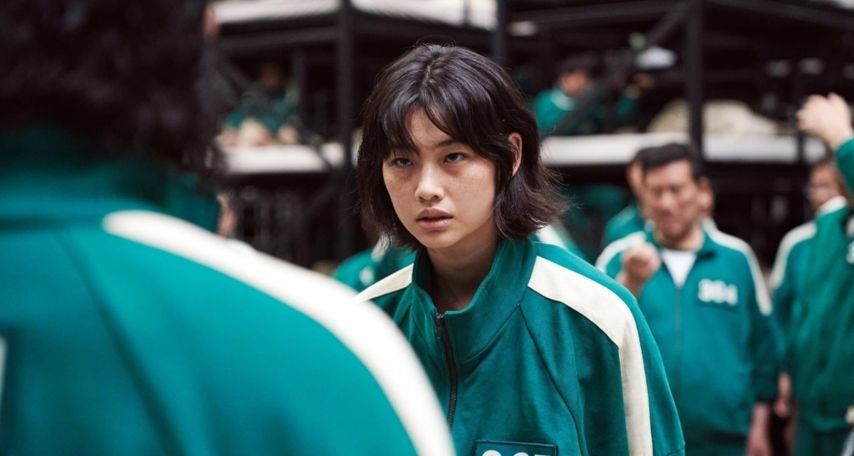
Other modern survival stories include The Last of Us which has Joel and Ellie trekking across a post-apocalyptic wasteland, fighting for food, water, and safe shelter.
Squid Game contestants go to horrifying lengths just for the chance to escape financial ruin.
Whether it’s dystopian fiction or just everyday life, securing your basic needs is always step one.
Dodging Mutts & Monthly Bills: Safety Needs
Once you have food, water, and a roof over your head, the next step is staying safe.
In The Hunger Games, it’s not just about avoiding the elements—it’s about avoiding everything that wants to kill you.
Safety is a big deal. Think about the genetically engineered creatures (called mutts) that lurk in the arena, or the unpredictable game makers who can drop fireballs from the sky. Also, don’t forget the other tributes who would love to take you out.
Back in reality, the dangers are a little less dramatic (hopefully), but just as stressful.
Your version of the mutts could be credit card debt, job instability, or landlords who “forget” to fix your heating.
In the arena, Katniss forms alliances because she knows she can’t survive alone.

The same goes for real life—your work colleagues, your friends, your emergency savings account. Those are your survival alliances.
But safety isn’t just about avoiding physical harm. It’s about feeling secure enough to plan beyond tomorrow.
Have you laid awake at night stressing about bills, job security, or what would happen if you got hit with a surprise expense?
That’s your brain desperately trying to climb the life pyramid while dodging financial fireballs.
If you need proof that safety is a team effort just look at Stranger Things. The kids band together against supernatural threats, proving that even when the world is crumbling around you, having people you can trust makes all the difference.
Squad Goals: The Love & Belonging Arena
Humans are wired for connection. Whether it’s a life-or-death alliance in The Hunger Games or just someone to text memes to when you’re sad, love and belonging needs are a non-negotiable part of being human.
Katniss and Peeta’s romance starts as a ploy for survival, but even a fake relationship can remind us how much we need love and support.
In the real world, this plays out in friendships, family bonds, and yes, even parasocial relationships.
Whether you’re a die-hard Swiftie, a Star Wars fanatic, or someone who still can’t get over Lost.
However, connection isn’t always easy. We see it in Euphoria, where characters make reckless choices in their desperate search for love and belonging.
It’s messy, it’s complicated, but at the end of the day, we all just want to feel like we’re part of something bigger than ourselves.
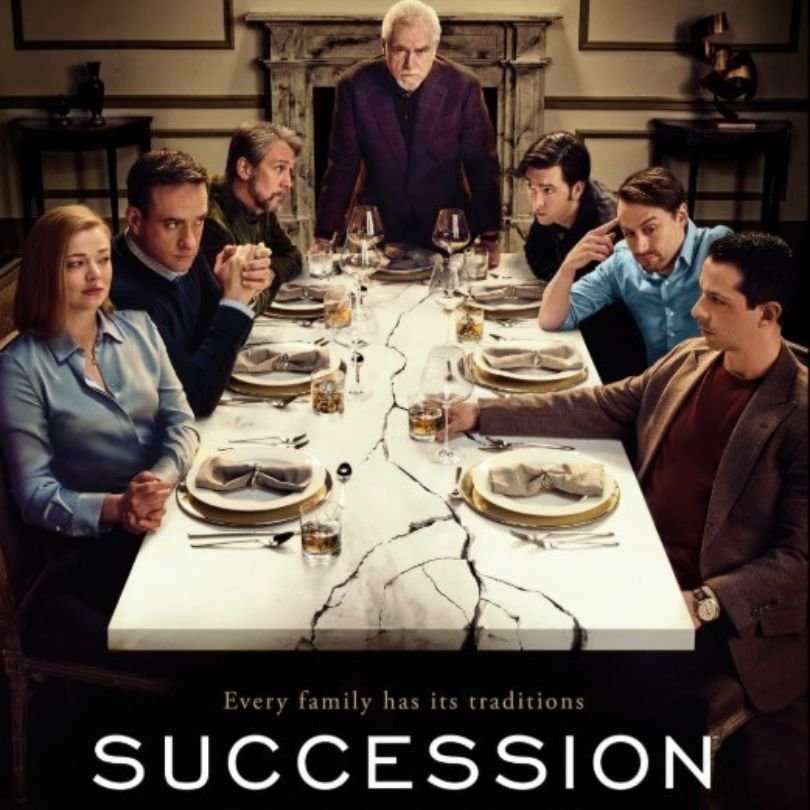
From Underdog to Icon: Esteem Needs
Katniss doesn’t just want to survive; she wants to matter. That’s esteem needs—status, recognition, and the deeply human need to feel valued.
Winning the Games isn’t just about staying alive—it’s about earning the respect of the audience, the other tributes, and even the Capitol.
In real life, esteem plays out in a million little ways. Maybe it’s that promotion you’ve been working toward, the validation of a viral post, or simply hearing “you did great” from someone you admire.
It’s why we chase achievements, why we push ourselves, and yes, why we sometimes post that third selfie to get the perfect angle.
This struggle for recognition isn’t just Katniss’s—it’s everywhere.
The TV show Succession is built on power and validation battles, with the Roy family constantly fighting for their father’s approval.
In The Bear, Carmy strives for perfection, not just to be good at what he does, but to be the best.
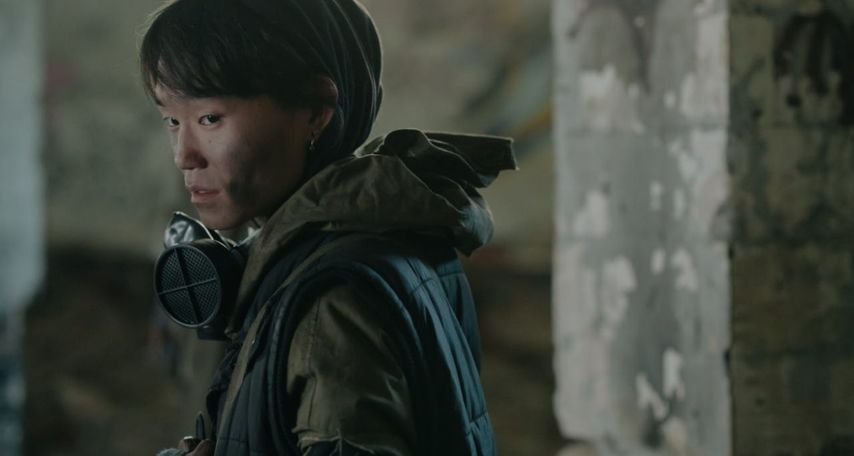
Winning the Game: Self-Actualisation & Revolution
At the very top of Maslow’s hierarchy sits self-actualisation—the need to fulfil your true potential, to become the person you were meant to be.
In The Hunger Games, Katniss Everdeen isn’t just trying to win; she’s trying to change everything.
She doesn’t want to be a pawn in someone else’s game. She wants to rewrite the rules.
That’s the ultimate expression of self-actualisation: not just surviving, not just succeeding, but reshaping the world around you.
But self-actualisation doesn’t have to mean leading a revolution. Sometimes, it’s just about figuring out who you really are beyond the expectations placed on you.
Perhaps it’s finally writing that novel you’ve been thinking about for years, switching careers to something that excites you, or just admitting that you don’t like oat milk lattes and have been drinking them to fit in with your friends.
And let’s be realistic. Reaching self-actualisation in today’s world is like trying to win The Hunger Games without a bow and arrow.
We’re constantly bombarded with distractions, whether it’s doomscrolling for hours, comparing ourselves to perfectly curated social media lives, or feeling pressured to hit certain life milestones.
It’s so easy to lose sight of what you really want versus what society tells you success should look like.
That’s why recent pop culture has been obsessed with self-discovery. Barbie had to leave Barbieland to figure out what it meant to be real.

Everything Everywhere All at Once took a chaotic, mind-bending journey to show that self-actualisation isn’t about being the “best” version of yourself—it’s about embracing all the messy, contradictory, beautiful parts of who you already are.
So, whether your idea of self-actualisation involves toppling a corrupt government (metaphorically, of course) or simply allowing yourself to pursue what truly makes you happy, one thing is clear: the game isn’t about winning—it’s about evolving.


